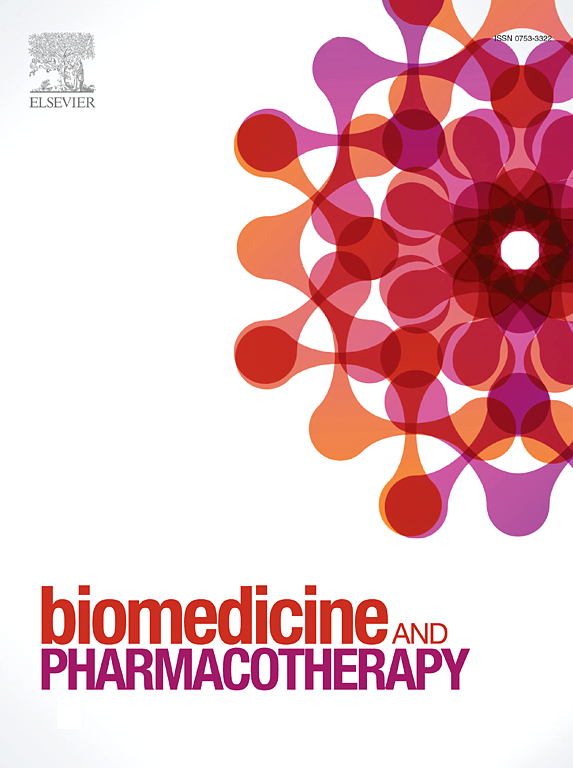Iron chelation prior to static cold storage decreases lipid peroxidation and improves gluconeogenesis during NMP in isolated porcine kidneys
IF 7.5
2区 医学
Q1 MEDICINE, RESEARCH & EXPERIMENTAL
引用次数: 0
Abstract
Despite alternative graft preservation techniques, static cold storage (SCS) remains the most widely used kidney preservation method. Nevertheless, the molecular mechanisms of SCS’ drawbacks remain poorly understood. One of the mechanisms that drives delayed graft function (DGF) and poorer transplant outcomes is suggested to entail increased oxidative stress due to prolonged cold ischemia, thus driving lipid peroxidation and ferroptosis via iron-mediated Fenton chemistry. Here, we investigate whether iron chelation with deferasirox can prevent the Fenton reaction and thereby mitigate lipid peroxidation and improve kidney preservation. Porcine kidneys underwent 24 h of SCS in University of Wisconsin (UW) solution with or without deferasirox (60 µmol), followed by 3 h of normothermic machine perfusion (NMP). Deferasirox-treated kidneys exhibited significantly lower lipid peroxidation, as evidenced by reduced 4-hydroxy-nonenal (4HNE)-protein adduct levels, without altering antioxidative capacity manifested by glutathione peroxidase 4 (GPx4) expression. Metabolic stability was enhanced, with increased glucose availability and a higher glucose-to-lactate ratio, suggesting improved oxidative phosphorylation. Adenosine triphosphate (ATP) levels remained stable, indicating no adverse mitochondrial effects. Additionally, deferasirox reduced kidney weight gain, which may reflect lower edema formation, and strongly improved glomerular integrity and reduced tubular dilation. By reducing lipid peroxidation and maintaining metabolic function, deferasirox may help mitigate ischemia-reperfusion injury (IRI), enhance early graft function, and improve transplant outcomes. These findings strengthen the role of iron in cold-induced oxidative damage, and imply that iron chelation is a promising adjunct to improve graft preservation.
静态冷藏前的铁螯合可减少脂质过氧化并改善离体猪肾脏NMP期间的糖异生
尽管有其他移植保存技术,静态冷藏(SCS)仍然是最广泛使用的肾脏保存方法。然而,SCS缺陷的分子机制仍然知之甚少。导致移植物功能延迟(DGF)和移植预后较差的机制之一被认为是由于长时间冷缺血导致氧化应激增加,从而通过铁介导的芬顿化学驱动脂质过氧化和铁凋亡。在这里,我们研究铁螯合与去铁酸铁是否可以阻止芬顿反应,从而减轻脂质过氧化和改善肾脏保存。猪肾脏在威斯康星大学(UW)溶液中加入或不加入去铁铁(60µmol) 24 h,然后进行3 h的恒温机器灌注(NMP)。去铁素处理的肾脏表现出明显降低的脂质过氧化,这可以通过降低4-羟基壬烯醛(4HNE)-蛋白加合物水平来证明,而不改变谷胱甘肽过氧化物酶4 (GPx4)表达所表现出的抗氧化能力。代谢稳定性增强,葡萄糖可用性增加,葡萄糖与乳酸的比例提高,表明氧化磷酸化得到改善。三磷酸腺苷(ATP)水平保持稳定,表明对线粒体没有不利影响。此外,去铁铁可减少肾脏增重,这可能反映了水肿形成的降低,并可显著改善肾小球完整性和减少小管扩张。通过减少脂质过氧化和维持代谢功能,去铁酸铁可能有助于减轻缺血再灌注损伤(IRI),增强早期移植物功能,改善移植结果。这些发现加强了铁在冷诱导氧化损伤中的作用,并暗示铁螯合是一种有希望改善移植物保存的辅助手段。
本文章由计算机程序翻译,如有差异,请以英文原文为准。
求助全文
约1分钟内获得全文
求助全文
来源期刊
CiteScore
11.90
自引率
2.70%
发文量
1621
审稿时长
48 days
期刊介绍:
Biomedicine & Pharmacotherapy stands as a multidisciplinary journal, presenting a spectrum of original research reports, reviews, and communications in the realms of clinical and basic medicine, as well as pharmacology. The journal spans various fields, including Cancer, Nutriceutics, Neurodegenerative, Cardiac, and Infectious Diseases.

 求助内容:
求助内容: 应助结果提醒方式:
应助结果提醒方式:


